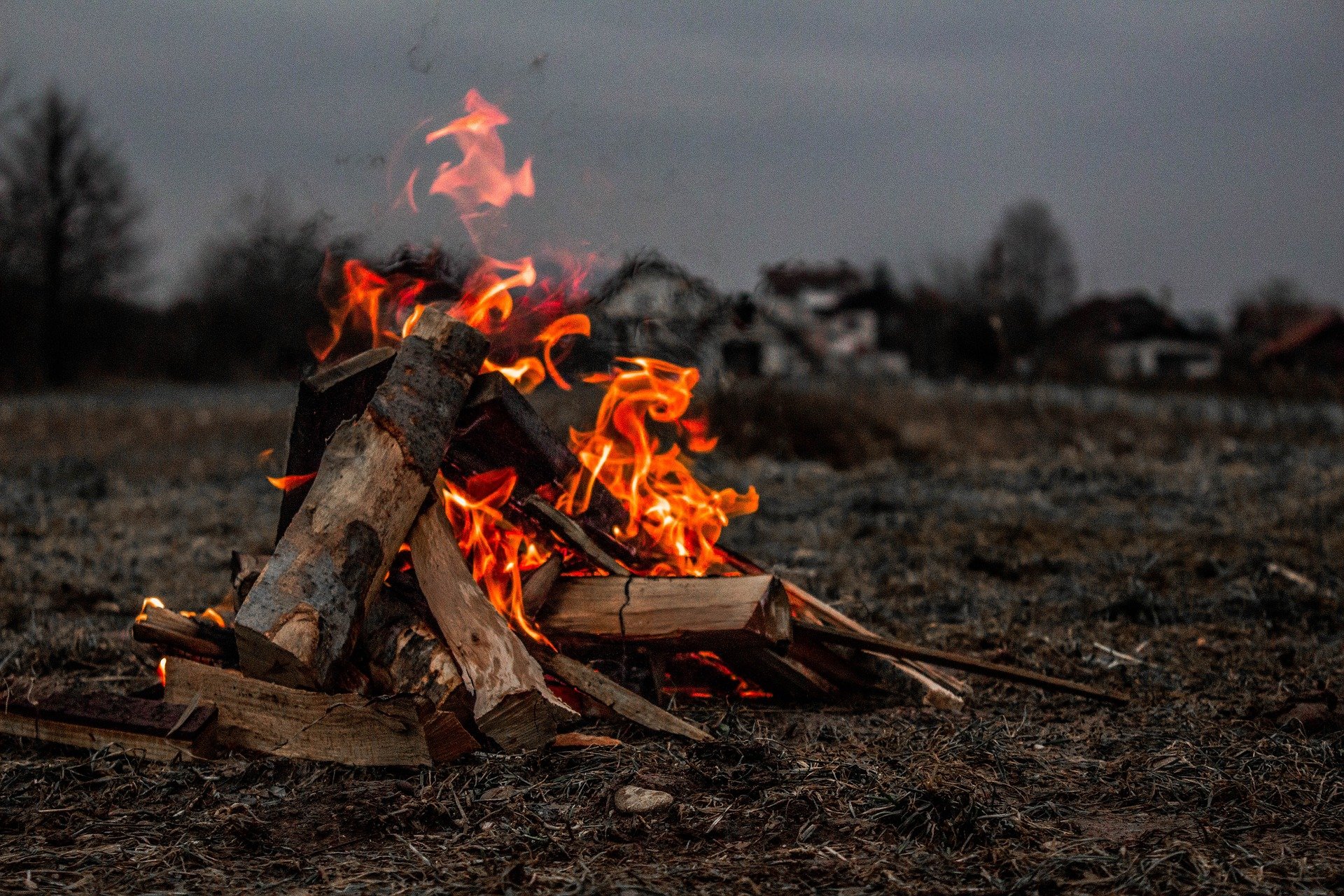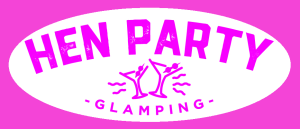How to Build a Safe Campfire
A warm, crackling campfire is a cozy way to end a day camping. Watching the flames as they dance around, telling stories, and roasting marshmallows is a tradition for most campers. If they do not take precautions, however, campfires can be dangerous. Knowing the correct materials to use, where to build it, and how to extinguish it will help to make the activity a safe one.
Campfires are not necessarily safe, either for you or the environment. Wood releases potential carcinogens as it burns, which could be hazardous to your respiratory system, especially if you have asthma or another lung disease. Always sit with your back to the wind to avoid inhaling the smoke.
The primary threat a campfire poses is the risk of an out-of-control forest fire caused by improperly building or extinguishing the fire. The environment also is affected when people forage for sticks and wood to burn. Many insects, birds, and small animals make their homes in these logs, and decomposing wood and leaves also provide nutrients needed for tree growth.
If your campground does not allow the collection of sticks and logs on the premises, you may have to buy it from a ranger station or visitor center. If you can collect the wood on premises, you should follow some guidelines to lessen the impact on the environment. Make sure to collect only fallen and dead wood; do not break branches off of live trees. Dead branches will burn better anyway. Only use wood that you can break with your hands. By doing so, you will not leave behind big, half-burned logs in your fireplace.
Most campgrounds install fire rings for campers to build their fires. If none is available where you are, find a sandy or rocky spot far from any combustible materials and clear of low-hanging trees. If you can find some big rocks, then place them in a circle to create a barrier for your fire. Store kindling and logs away from the fire pit. Sparks from the fire can travel and spark another fire.
Before starting your fire, make sure you have all the materials nearby. You will need tinder, such as paper, pine needles, or twigs. Next up is the kindling, which includes small branches or twigs no bigger than finger-width. Then you have the larger logs that burn longer.
For safety concerns, you should have a bucket of water nearby to douse the fire quickly. Never burn your trash, as it can create toxic fumes depending on its materials.
Using the kindling, arrange a triangle or square of twigs in the fire pit. In the center, form a
teepee with the tinder. Ignite the tinder in the center; as it burns, it should ignite the kindling. You can add more tinder as needed until you have a fire going. Once the kindling is burning, add some logs as needed. Make sure everything is packed somewhat loosely, as a fire needs oxygen to burn.
When you decide to turn in for the night or leave the campsite, you must be sure to extinguish the fire completely. Let it burn down to ash and then pour water over it until you no longer hear hissing or crackling noises. Dirt can also be used to smother the fire. Stir the ashes and make sure there are no hot spots before you leave the area. One burning ember is all it takes to restart a fire.
By following these tips, you will build a fire perfect for sitting around and making s’mores. You can also feel good knowing that you are keeping your friends and family safe as well as the environment. Others will continue to enjoy the area for generations to come. Enjoy nature, but leave it as it was when you arrived










